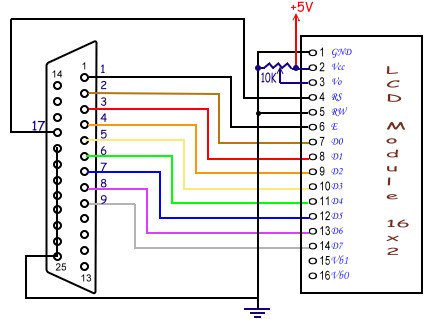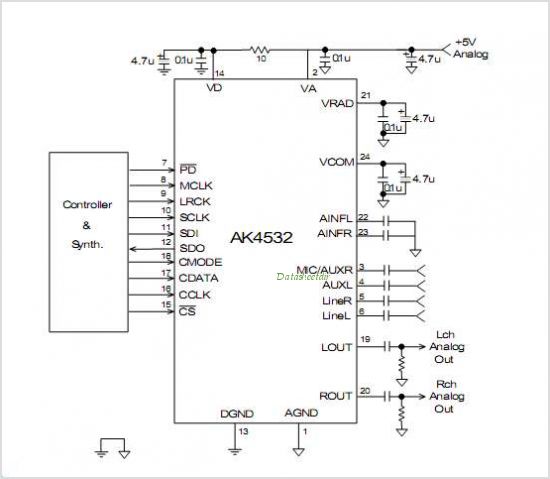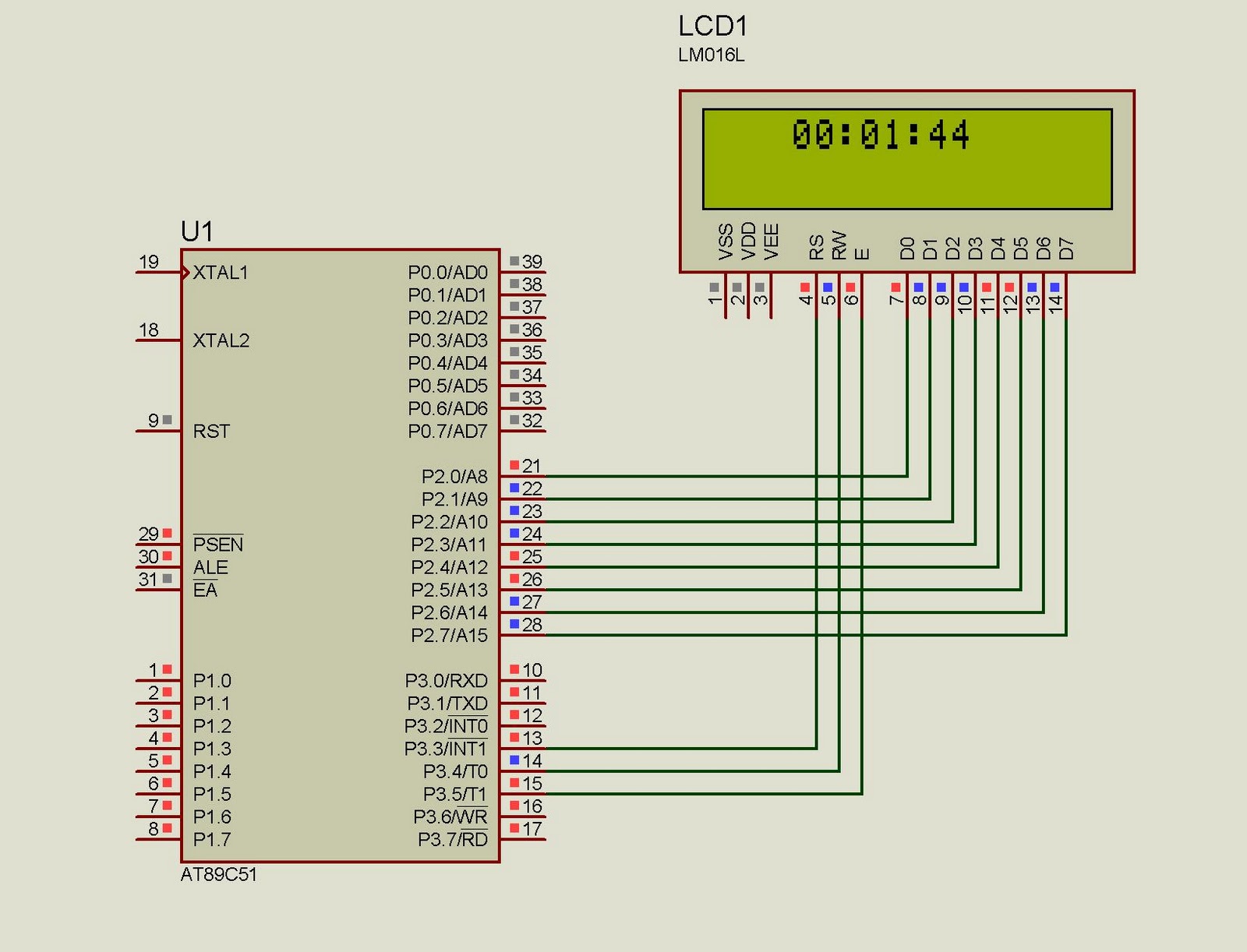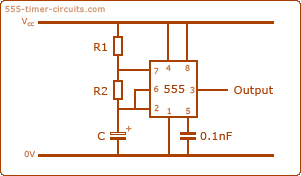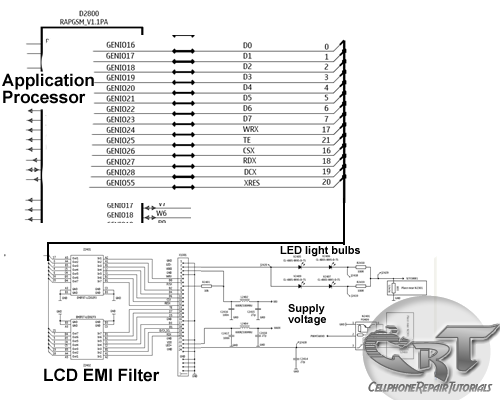
pic16f84a lcd interfacing code in 8bit mode proteus simulation

This post presents the LCD interfacing code utilizing the PIC16F84A microcontroller. The code is developed in the C programming language using MPLAB with the HI-TECH C compiler.
The interfacing of an LCD (Liquid Crystal Display) with the PIC16F84A microcontroller is a common application in embedded systems, allowing for the display of alphanumeric characters. The PIC16F84A is an 8-bit microcontroller that features a 14-bit instruction set architecture, making it suitable for various control applications.
To successfully interface an LCD, the following components and connections are typically required:
1. **LCD Module**: A standard 16x2 LCD is commonly used, which can display two lines of 16 characters each. The LCD has several pins that must be connected properly to the microcontroller.
2. **Microcontroller Pins**: The PIC16F84A provides GPIO (General Purpose Input/Output) pins which will be utilized to send commands and data to the LCD. Commonly, pins RA0 to RA3 can be used for data transmission, while another pin (e.g., RA4) can be used for the Enable signal.
3. **Connections**:
- **Data Pins**: Connect the data pins of the LCD (D0-D7) to the designated GPIO pins on the PIC16F84A. For a 4-bit mode, only D4-D7 are used.
- **Control Pins**: Connect the RS (Register Select) pin to a GPIO pin to differentiate between command and data modes, and connect the RW (Read/Write) pin to ground for write-only operation. The E (Enable) pin must also be connected to a GPIO pin to trigger the LCD to read the data presented on the data pins.
4. **Power Supply**: The LCD typically operates at 5V. Ensure that the microcontroller is also powered appropriately to avoid any operational issues.
5. **Code Implementation**: The code written in C language will include functions to initialize the LCD, send commands, and display characters. Initialization involves setting the data mode, clearing the display, and configuring the cursor.
The code structure may include:
- A function to send a command to the LCD.
- A function to send data to the display.
- A function to initialize the LCD settings.
- A loop to display strings or characters on the LCD.
This interfacing project serves as a practical example of using the PIC16F84A microcontroller for controlling a peripheral device, enhancing the understanding of microcontroller applications in real-world scenarios.This post provides the LCD interfacing code using PIC16F84A microcontroller. This code is written in C language using MPLAB with HI-TECH C compiler. You ca.. 🔗 External reference
The interfacing of an LCD (Liquid Crystal Display) with the PIC16F84A microcontroller is a common application in embedded systems, allowing for the display of alphanumeric characters. The PIC16F84A is an 8-bit microcontroller that features a 14-bit instruction set architecture, making it suitable for various control applications.
To successfully interface an LCD, the following components and connections are typically required:
1. **LCD Module**: A standard 16x2 LCD is commonly used, which can display two lines of 16 characters each. The LCD has several pins that must be connected properly to the microcontroller.
2. **Microcontroller Pins**: The PIC16F84A provides GPIO (General Purpose Input/Output) pins which will be utilized to send commands and data to the LCD. Commonly, pins RA0 to RA3 can be used for data transmission, while another pin (e.g., RA4) can be used for the Enable signal.
3. **Connections**:
- **Data Pins**: Connect the data pins of the LCD (D0-D7) to the designated GPIO pins on the PIC16F84A. For a 4-bit mode, only D4-D7 are used.
- **Control Pins**: Connect the RS (Register Select) pin to a GPIO pin to differentiate between command and data modes, and connect the RW (Read/Write) pin to ground for write-only operation. The E (Enable) pin must also be connected to a GPIO pin to trigger the LCD to read the data presented on the data pins.
4. **Power Supply**: The LCD typically operates at 5V. Ensure that the microcontroller is also powered appropriately to avoid any operational issues.
5. **Code Implementation**: The code written in C language will include functions to initialize the LCD, send commands, and display characters. Initialization involves setting the data mode, clearing the display, and configuring the cursor.
The code structure may include:
- A function to send a command to the LCD.
- A function to send data to the display.
- A function to initialize the LCD settings.
- A loop to display strings or characters on the LCD.
This interfacing project serves as a practical example of using the PIC16F84A microcontroller for controlling a peripheral device, enhancing the understanding of microcontroller applications in real-world scenarios.This post provides the LCD interfacing code using PIC16F84A microcontroller. This code is written in C language using MPLAB with HI-TECH C compiler. You ca.. 🔗 External reference
